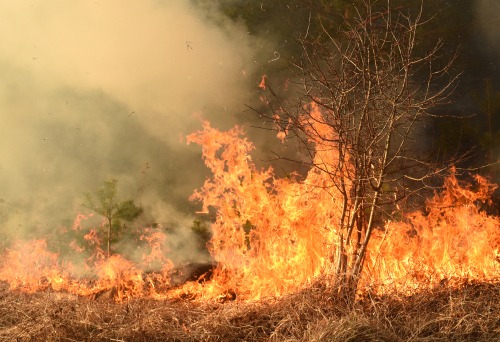
The National Institute of Standards and Technology (NIST) recently updated its guidance on preparing for wildfires. The updates are based on scientific research and community feedback.
Guidance was first published in 2023 along with a case study on the 2018 Camp Fire evacuations in Paradise, Calif. The original report turned what was learned from the investigation into practical advice for emergency managers, first responders and community leaders.
“This report can save thousands of lives because it offers a science-backed approach to planning for worst-case scenarios,” Alexander Maranghides, a NIST fire protection engineer and the report’s lead author, said. “We need a rigorous approach because we have seen, time and time again, that these fires are unforgiving.”
An estimated 115 million people in the United State live in areas at high risk for wildfires.
There are three major changes in the 2025 guidance: creating temporary fire refuge areas in advance, planning ahead for no-notice evacuations and creating decision zone for evacuations.
Temporary fire refuge areas (TFRAs) are predesignated open spaces that can be used when evacuation is no longer possible.
Officials are urged to preplan multiple evacuation routes and methods of emergency communication, and to predesignate TFRAs and safety zones.
Communities also are urged to map out zones with different risk levels.




